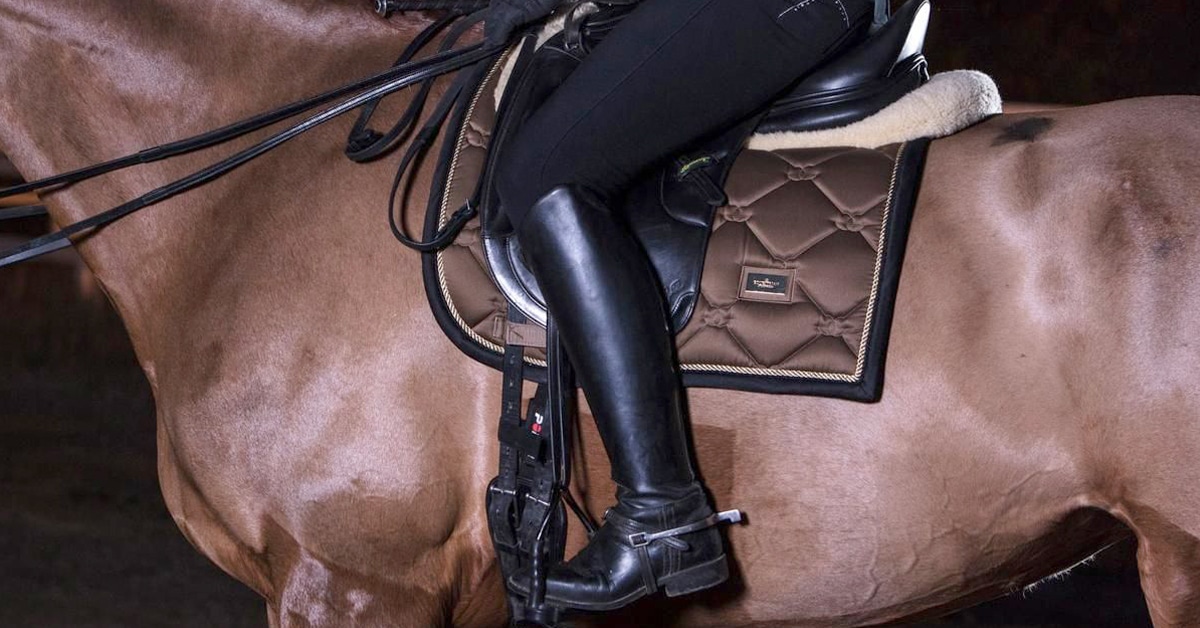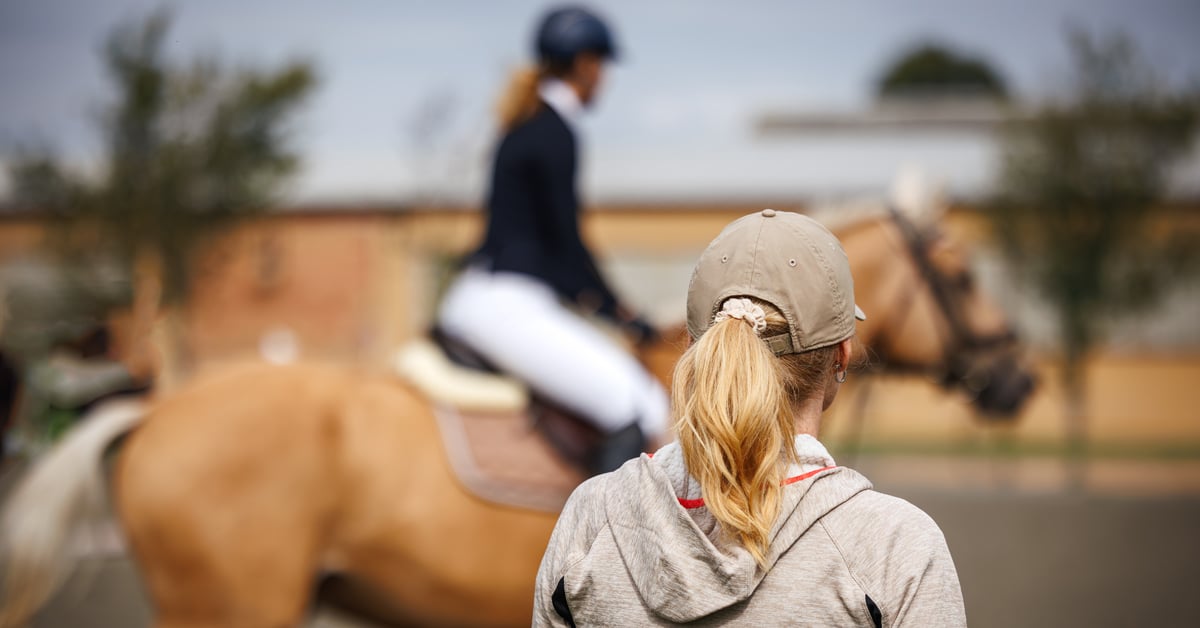A horse that slams on the brakes or runs out in stadium jumping can also knock you out of ribbon contention. Refusals are a common problem, but can be simple to overcome, according to 2011 Pan Am gold medallist Jessica Phoenix, coach of Ontario’s Young Rider eventing team. Here is her advice.
“Riders often get so flustered by a refusal that they miss the opportunity to explain to their horse what their intention is. I often see horses run out and go past a jump, then run halfway across the field before the rider stops them.”
The priority is to never let your horse leave the line you’ve dictated. Ninety per cent of horses run out; you rarely see a horse stop dead in front of a jump. A rider has to have a clear path in his or her own mind, be committed to the line, and present the horse properly.
When I’m training horses, whether one is bolting or stopping 10 strides out, I never allow them to come off the line. If they try to run past a jump, I stop them, back up, re-present – and never leave that line.
If you use the same method at every jump, horses don’t question it. You can change the angles you are presenting them on, but it’s your commitment to one line that creates confidence in the horse, because you are never going to change the plan.
Here are some exercises to improve your ability to ride a straight line. You need to have a grasp of basic dressage and have your horse between leg and hand. Put a striped pole down. Ride your horse over the white stripe in the centre, then ride over the red [or whatever colour] stripe on the right side, then the yellow stripe on the left side, striving to keep a straight line. Try the trot, then canter when you’ve mastered straightness at the trot.
Once you have done the single pole and ridden over it in three different places, try a line of four or five poles placed eight feet apart. Ride the centre, the right side, then the left side, keeping a straight line.
Move the poles into a circle with poles about eight feet apart in the middle, seven feet on the inside and nine feet on the outside (see diagram). Ride the centre, the outside, then the inside, holding your line.
When you take green horses to school cross-country the first time, they have no idea they are supposed to jump those fences. Pick your line and hold it. If they refuse, back up on the same line, then go forward. As Lucinda Green says, “the faster you go at things, the faster things will go wrong,” so be in a gait you can control.
Staying on your line applies to whatever level you are competing at. Your horse will trust you, because they know the deal every time you present them to a jump.
“When riders learn how to keep their horse on a line, they don’t get flustered about whether the horse is going to jump. It takes the focus away from that and puts it on maintaining the line. Once you start believing in that system, you will see less and less refusals, because horse and rider are on the same page.”
Jessica Phoenix represented Canada at the 2010 World Equestrian Games, at the 2011 Pan Games where she was an individual gold and team silver medallist, and at the 2012 London Olympics, where she placed 22nd individually. Phoenix Equestrian is based in Uxbridge, Ontario.
The Latest











